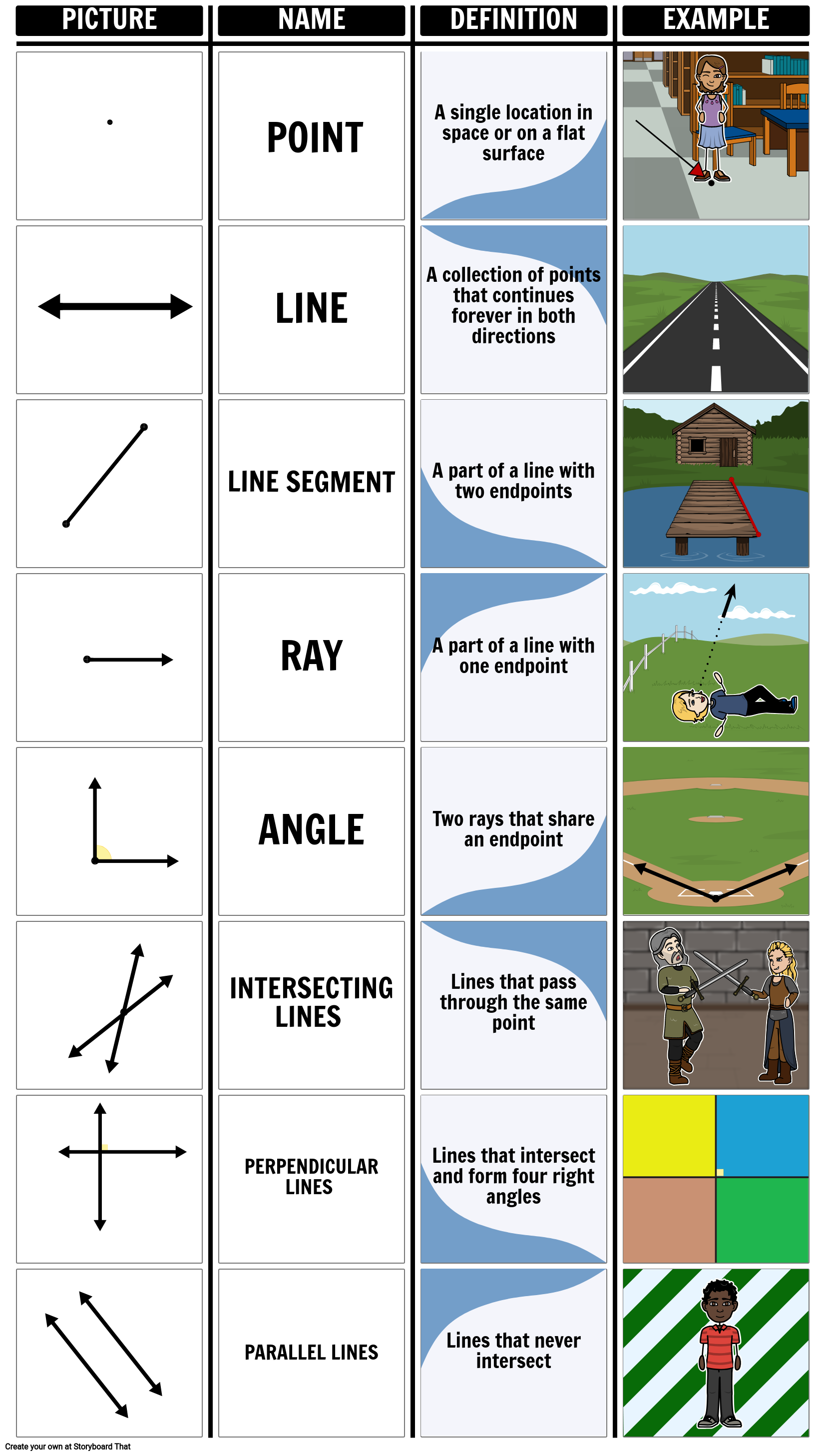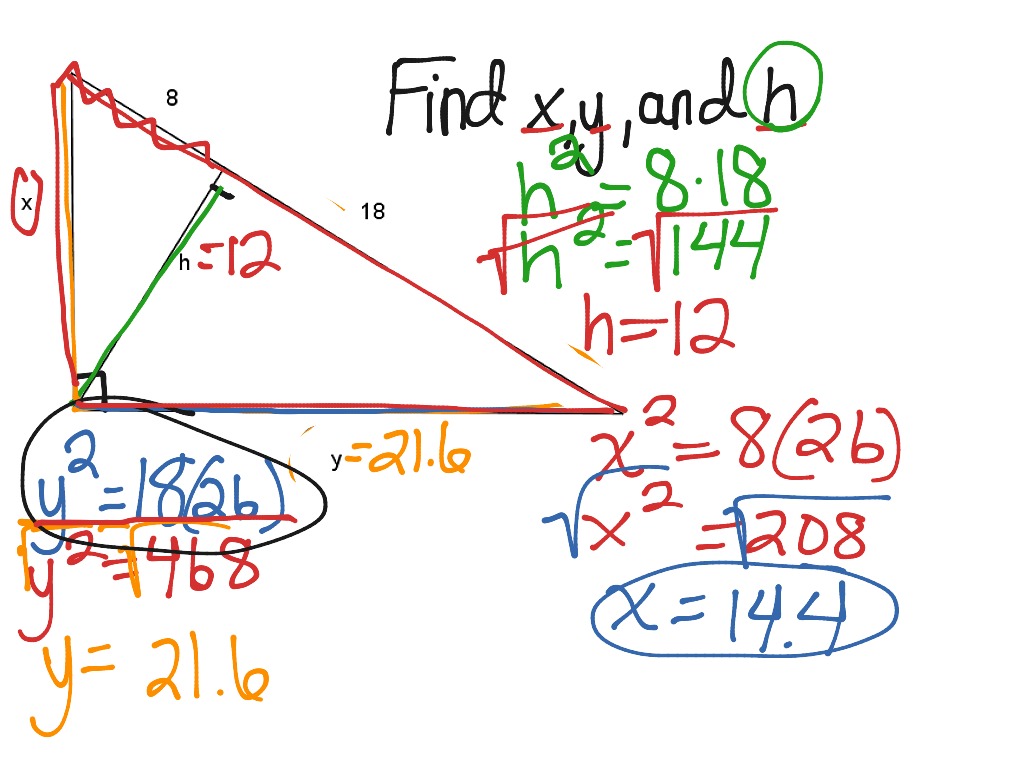

And it's better to avoid adding a lot of extraneous details to a chart that may make it look more engaging but could detract from its real message. But as we've seen with perspective, if I've got a bar that's farther away, if I have a bar in the forefront and a bar in the background, sometimes it can be difficult to see if a bar in the background is shorter because it's farther away or is it shorter because it's representing a smaller amount? So it's better to avoid three dimensions. This three-dimensional graph looks nicer than this two dimensional graph. Very commonly three dimensions can make a two-dimensional graph look more engaging.

Which basically says that when you try to make a visualization look prettier and add a lot of elements to a visualization, those elements can detract from the actual message that the visualization is trying to provide to the observer. Tufte's advice is encapsulated nicely in the term chart junk. You can also add too much information to a visualization. What bars at this altitude versus this altitude mean? What this line means here versus this line here? So annotation words are still important to visualization and it's the relationship between the words and the geometry often that gets the job done in a visualization. You can see there's a lot of attention that needs to go into annotations to not only make sure that the reader understands what's being plotted, but also understands the semantics behind the graph. Here's a couple diagrams from some of my own publications where we're plotting various data or various behaviors. Most importantly you should not forget to label your axes. With that said, even though you can say a lot with pictures, you still need to say a lot with words. But you can see visually here, based on this pictorially, what's going on a lot better and in a smaller space. It may take a lot of text or annotation in order to describe what the army size was. The size of the army becomes even smaller, in part because of the falling temperatures which are plotted down here. And it gets to Moscow, and it's withered down to a small size compared to what it started with. And the width of this line is the size of the army. It's a visualization by Charles Minard in 1869 of Napoleon's army as it's marching towards Moscow. So you can often show with a diagram or a picture things that it would take a lot of text to describe.

Another design rule is that a picture's worth a thousand words. And also to let your abductive reasoning try to figure out why the data wasn't being gathered in these gaps. But it's better to just let your inductive system fill these in with what you would expect to be between these data points. And so I could have filled this in with plausible data or drawn lines between these. It's got a lot of gaps here until the year 2000. Belize has data for all the years from 1960 to 2012 and Bermuda is missing a lot of data. For example, here's life expectancy data for two countries, Belize and Bermuda. Sometimes it's best just to display the data and let human reasoning, the reasoning of our cognitive systems be able to take care of those details. To smooth our data, to try to remove outliers and try to fill in missing data gaps and so on. It's very easy when we're collecting data and doing our data processing. We don't have time to go into all the rules of visual design, but I can basically summarize a few of the rules that have come from Edward Tufte, who's written several books on the subject.

So some of the rules of visual design can help take a data visualization and make it more appealing so that people will want to look at it and investigate it more.


 0 kommentar(er)
0 kommentar(er)
